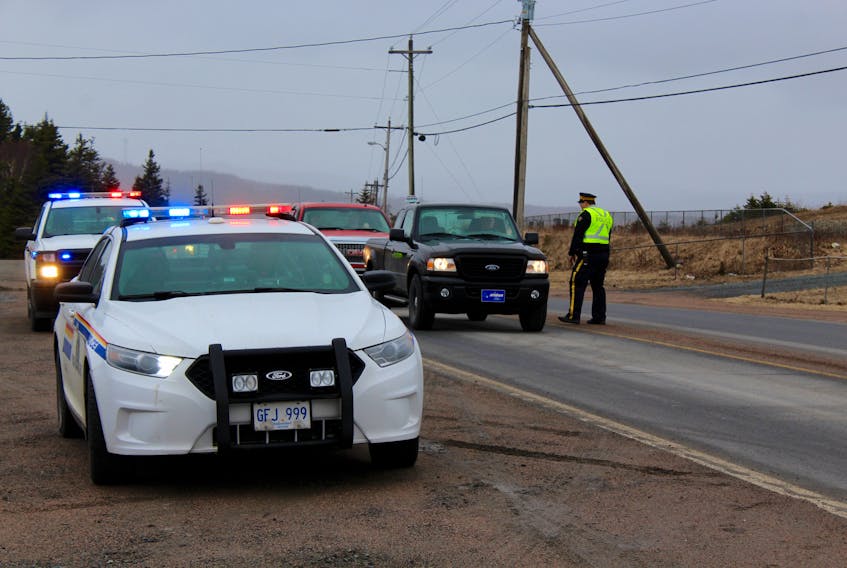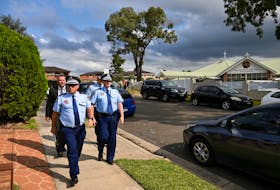BAY ROBERTS, N.L. — The move over law has been in place in Canada for quite some time, but as the years go by, the law’s importance only grows.
The move over law is a part of the Highway Traffic Act that requires motorists to yield the right of way to emergency vehicles and first responders when their lights are flashing. However, the law goes deeper than simply pulling to the side of the road, and first responders are finding that not all drivers seem to abide by the rule.
Service NL describes the law as a means of protecting not only first responders and the people they are dealing with, but also every other driver that is using the road.
Bay Roberts RCMP Const. Bryan Vaughan spoke with The Compass about the law itself, noting it was something drivers in the area may not fully understand as best they could, especially when it comes to how or when they’re in the right circumstance for the law to take effect.
“It’s definitely something drivers could work on, here in the area and across the province too, I’m sure,” he said. “It’s a big safety precaution for first responders, like police officers, paramedics, and firefighters.
“We’re on the side of the road trying to assist the people of the general public. When we’re on the side of the road, it can be dangerous. Vehicles are passing by us at all kinds of speeds, and very close to us. That’s why the law is in place – for everyone’s protection. Everyone wants to get home safely at the end of the day.”
Vaughan noted that although plenty of people understand the importance of pulling over to the edge of the road to allow police vehicles or ambulances safe passage, there are some intricacies that everyone may not be aware of, including the types of vehicles the law applies to, which include tow trucks and other such roadside assistance, as well as municipal, provincial, and federal enforcement and public utility vehicles.
On top of this, one’s speed is something drivers need to keep a close eye on, Vaughan explained, as the law requires that drivers slow down 30 km/h from the speed limit. This means that on most highways, drivers are required to drop their speed to 70 from 100km/hour, and pull into the other lane in order to create a space between the fast-moving vehicles, and the first responders who may be walking along the side of the road to and from their stopped vehicles.
“It’s important that people understand this law. I’ve been out there plenty of times, on the side of the road with stopped vehicles, and that could be for a wide range of reasons – pulling people over for speeding, a criminal offence, or anything, really,” Vaughan explained. “When we’re there on the side of the road, vehicles are just passing right alongside of us.
“Unfortunately, some officers are experiencing some close calls with traffic, and some are even being hit. So, that’s a part of the reason why it’s there too, to reduce the number of those situations.”
Recently, as traffic in certain areas increase, the move over law is being treated especially seriously. Drivers who are found to be breaking this particular law could face a number of repercussions, such as a speeding ticket, and depending on the speed, could face dangerous driving charges. However, the number one ticket drivers could expect when not abiding by the law is the summary offence ticket for the move over law specifically.
“At the end of the day, drivers should try to be more aware of their surroundings, and keep in mind what the law states when they see a first responder with their lights flashing. Whether that means pulling over and stopping, switching lanes, slowing down. It all comes down to safety for everyone involved.”









